Rising Demand for Recycled Materials
The Vehicle Scrapping Market is experiencing a surge in demand for recycled materials, driven by the growing need for sustainable manufacturing practices. As industries increasingly seek to reduce their carbon footprint, the availability of recycled metals and components from scrapped vehicles becomes crucial. Data indicates that the recycling of metals from end-of-life vehicles can significantly lower energy consumption compared to virgin material extraction. This trend not only supports the circular economy but also enhances the profitability of scrapping operations. Consequently, the Vehicle Scrapping Market is likely to expand as more manufacturers prioritize sourcing recycled materials, thereby creating a symbiotic relationship between vehicle scrapping and industrial production.
Economic Factors and Scrap Metal Prices
Economic conditions play a pivotal role in shaping the Vehicle Scrapping Market, particularly through fluctuations in scrap metal prices. When metal prices rise, the incentive for vehicle owners to scrap their vehicles increases, as they can obtain a higher return on their investment. Conversely, during periods of economic downturn, scrap prices may decline, potentially leading to a decrease in scrapping activities. However, the long-term outlook suggests that as economies recover and infrastructure projects demand more recycled materials, the Vehicle Scrapping Market will likely see a resurgence. This dynamic interplay between economic factors and scrap metal pricing is crucial for stakeholders within the industry.
Technological Innovations in Vehicle Recycling
Technological advancements are reshaping the Vehicle Scrapping Market by introducing more efficient and effective recycling processes. Innovations such as automated dismantling systems and advanced shredding technologies are enhancing the recovery rates of valuable materials from scrapped vehicles. These technologies not only streamline operations but also reduce labor costs and improve safety standards within scrapping facilities. Furthermore, the integration of data analytics and artificial intelligence in managing scrapping operations is expected to optimize resource allocation and minimize waste. As these technologies become more prevalent, the Vehicle Scrapping Market is poised for growth, attracting investments aimed at modernizing recycling facilities.
Regulatory Compliance and Environmental Standards
The Vehicle Scrapping Market is increasingly influenced by stringent regulatory frameworks aimed at promoting environmental sustainability. Governments are implementing laws that mandate the proper disposal of end-of-life vehicles, which has led to a rise in scrapping activities. For instance, regulations often require that hazardous materials be removed and recycled, thereby ensuring that the scrapping process adheres to environmental standards. This compliance not only mitigates pollution but also encourages the recycling of valuable materials such as metals and plastics. As a result, the market is witnessing a shift towards certified scrapping facilities that meet these regulations, thereby enhancing the overall credibility and efficiency of the Vehicle Scrapping Market.
Increasing Vehicle Lifespan and Replacement Cycles
The Vehicle Scrapping Market is influenced by changing consumer behavior regarding vehicle ownership and replacement cycles. As vehicles are designed to last longer, the average age of vehicles on the road is increasing, which may initially seem to slow down scrapping rates. However, this trend also leads to a higher volume of end-of-life vehicles entering the market as consumers eventually seek to upgrade to newer models. Data suggests that the average vehicle age has risen, indicating a potential future spike in scrapping activities as these older vehicles become economically unviable. Thus, the Vehicle Scrapping Market is likely to benefit from this cyclical nature of vehicle ownership.


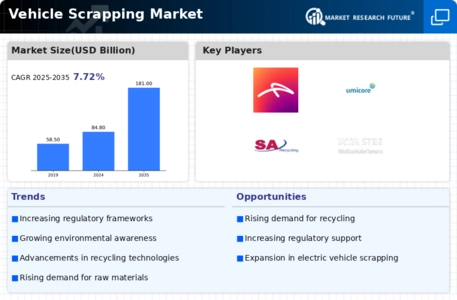
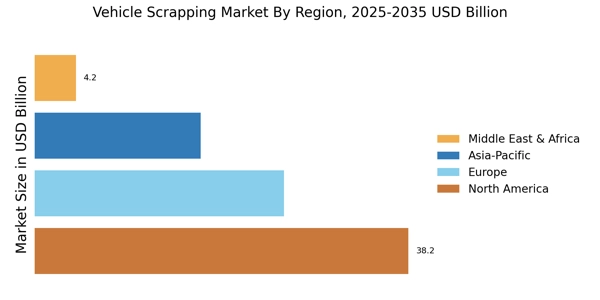
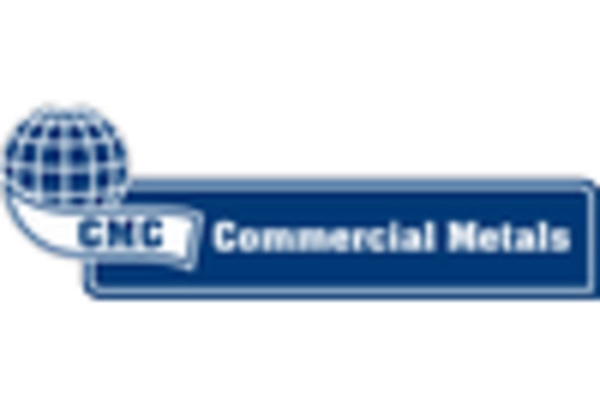
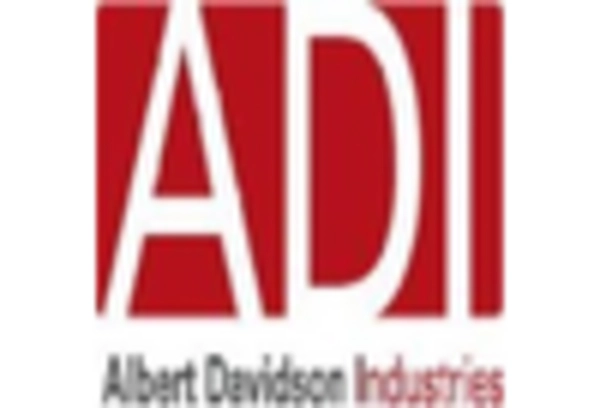
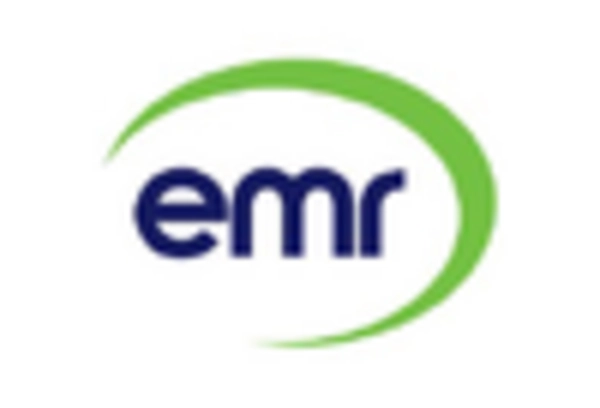
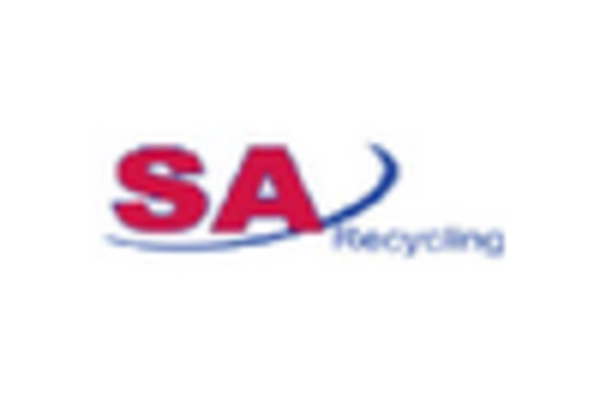
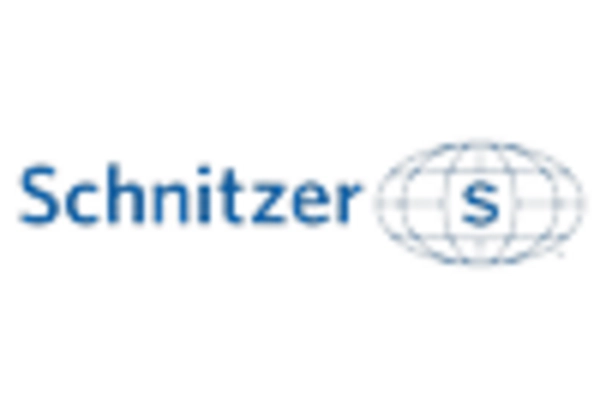
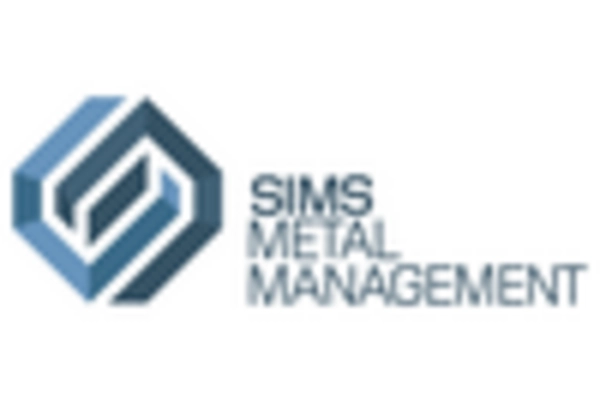








Leave a Comment